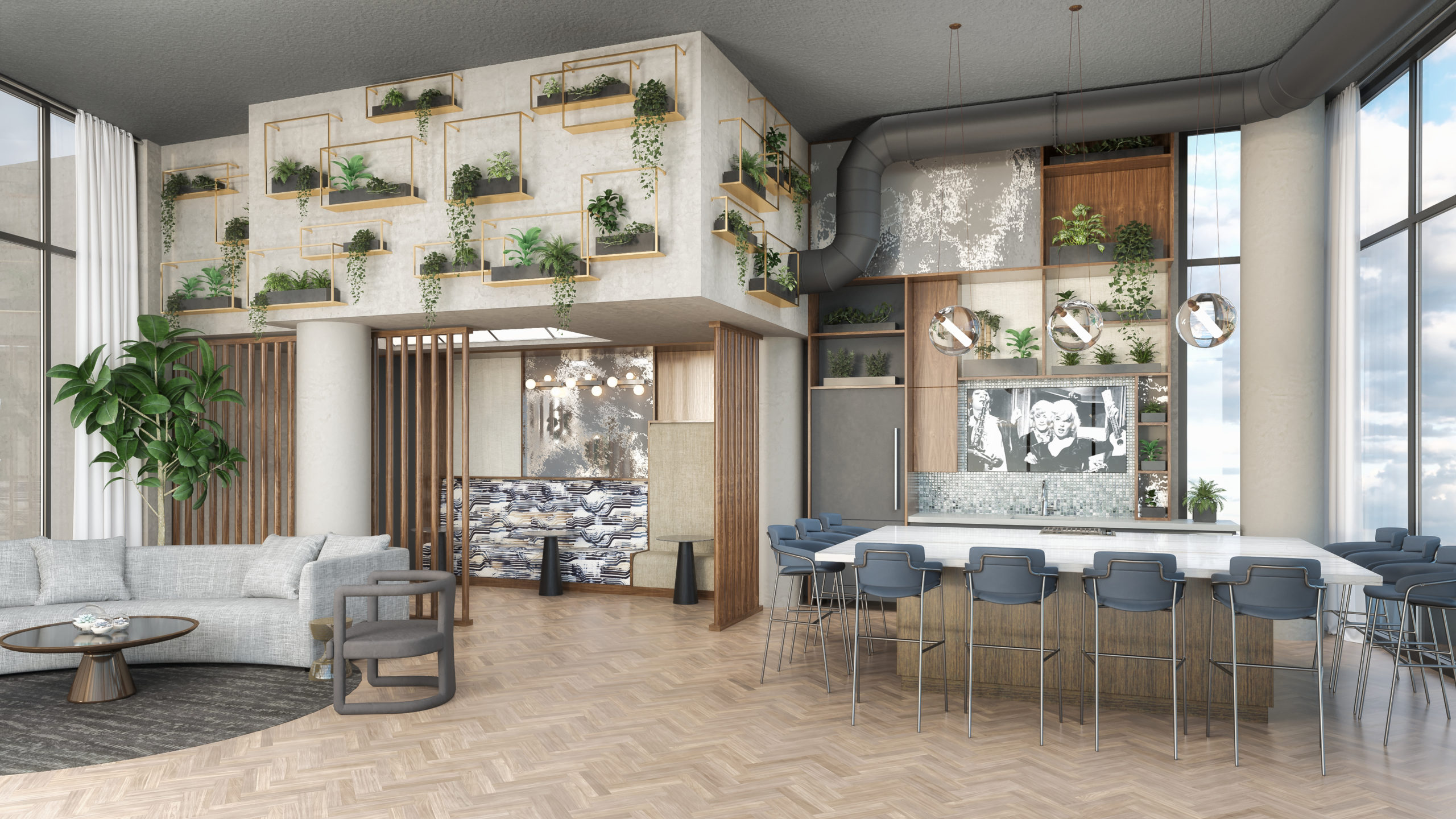
Curating A Theme: Building A Room Around A Central Idea Or Piece
When it comes to designing a room, one of the most effective ways to create a cohesive and visually appealing space is by curating a theme. By building a room around a central idea or piece, you can create a space that tells a story and reflects your personal style. In this article, we will explore the process of curating a theme for a room, from selecting a central idea or piece to incorporating it into the overall design. Let's dive in!
Choosing a Central Idea or Piece

The first step in curating a theme for a room is choosing a central idea or piece to build around. This could be anything that inspires you and sets the tone for the space. It could be a piece of artwork, a unique piece of furniture, a color palette, or even a specific era or style.
Here are a few things to consider when choosing a central idea or piece:
- Personal preference: Select something that speaks to your personal taste and style. It should be something that you genuinely love and resonate with.
- Room function: Consider the function of the room and choose a central idea or piece that complements its purpose. For example, if you're designing a home office, a vintage typewriter could be a great central piece.
- Meaningful connection: Look for something that holds a special meaning or significance to you. It could be a family heirloom, a souvenir from a memorable trip, or a piece of art that evokes strong emotions.
Research and Inspiration

Once you have chosen a central idea or piece, it's time to dive into research and gather inspiration. This step is crucial in order to develop a clear vision for your theme and understand how to incorporate it into the room's design.
Here are some ways to conduct research and find inspiration:
- Online platforms: Explore websites, blogs, and social media platforms like Pinterest and Instagram to discover interior design ideas and examples that align with your chosen theme.
- Books and magazines: Visit your local library or bookstore and look for design books and magazines that focus on your chosen theme or style.
- Visit relevant spaces: If possible, visit museums, galleries, or other spaces that showcase your chosen theme. Take note of the colors, textures, and overall atmosphere that you can incorporate into your room.
Developing a Color Palette

Once you have gathered inspiration, it's time to develop a color palette that complements your chosen theme. The color palette will play a crucial role in setting the mood and overall aesthetic of the room.
Here are some tips for developing a color palette:
- Start with the central idea or piece: Look for dominant colors or tones in your central idea or piece that can serve as a starting point for your color palette.
- Consider the room's purpose: Think about the function of the room and choose colors that enhance its intended use. For example, calming and neutral tones are often preferred for bedrooms, while vibrant and energetic colors work well in playrooms or home offices.
- Balance and contrast: Create a balanced color palette by combining both warm and cool tones. Consider using contrasting colors to add visual interest and depth to the room.
Incorporating the Theme into the Design

Once you have chosen a central idea or piece and developed a color palette, it's time to incorporate the theme into the overall design of the room. This involves selecting furniture, accessories, and decor items that align with your chosen theme.
Here are some tips for incorporating the theme into the design:
- Furniture: Select furniture pieces that complement the style and aesthetic of your chosen theme. For example, if you're curating a rustic theme, opt for wooden furniture with a distressed finish.
- Accessories: Choose accessories that enhance the theme and add personality to the room. This could include artwork, rugs, throw pillows, and curtains.
- Lighting: Pay attention to lighting fixtures and choose ones that contribute to the ambiance of the room. For instance, if you're going for a vintage theme, consider using antique-inspired light fixtures.
- Wall treatments: Consider incorporating wall treatments that align with your theme, such as wallpaper, textured paint, or a gallery wall showcasing artwork related to the theme.
Summary

Curating a theme for a room is a creative and rewarding process. By selecting a central idea or piece and incorporating it into the overall design, you can create a space that reflects your personal style and tells a story. Remember to choose something that resonates with you, conduct thorough research for inspiration, develop a complementary color palette, and carefully curate furniture, accessories, and decor items. With these steps, you'll be well on your way to building a room that is both visually appealing and meaningful.